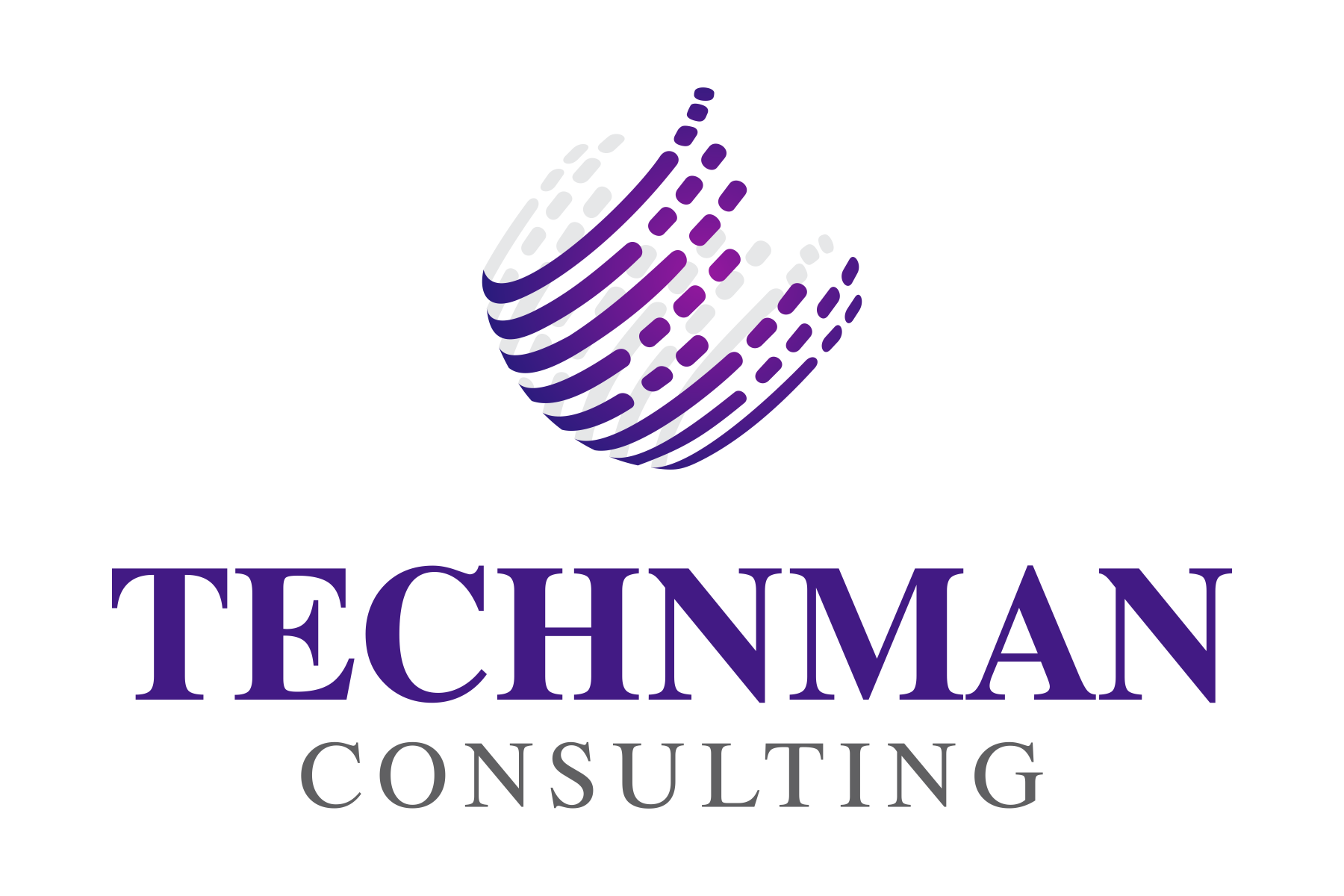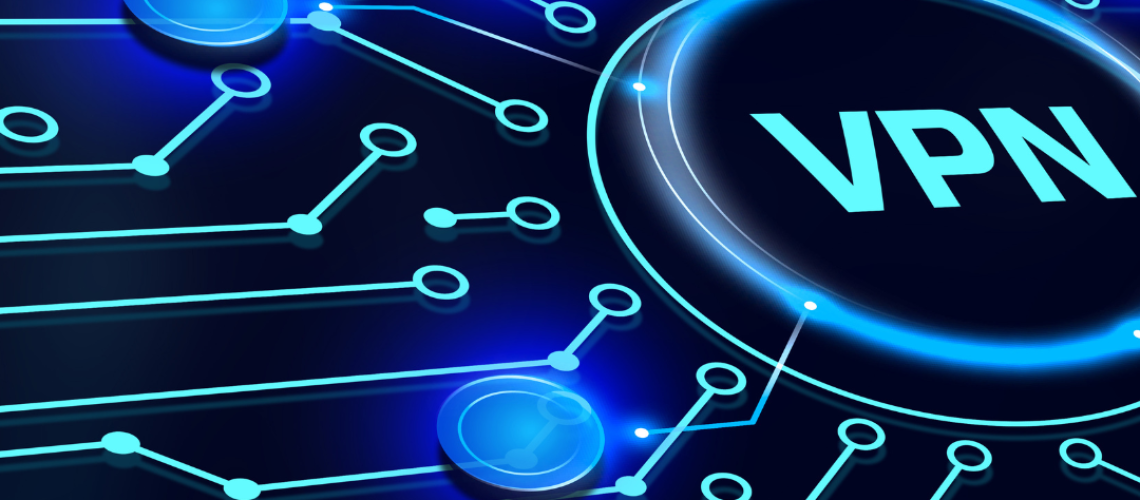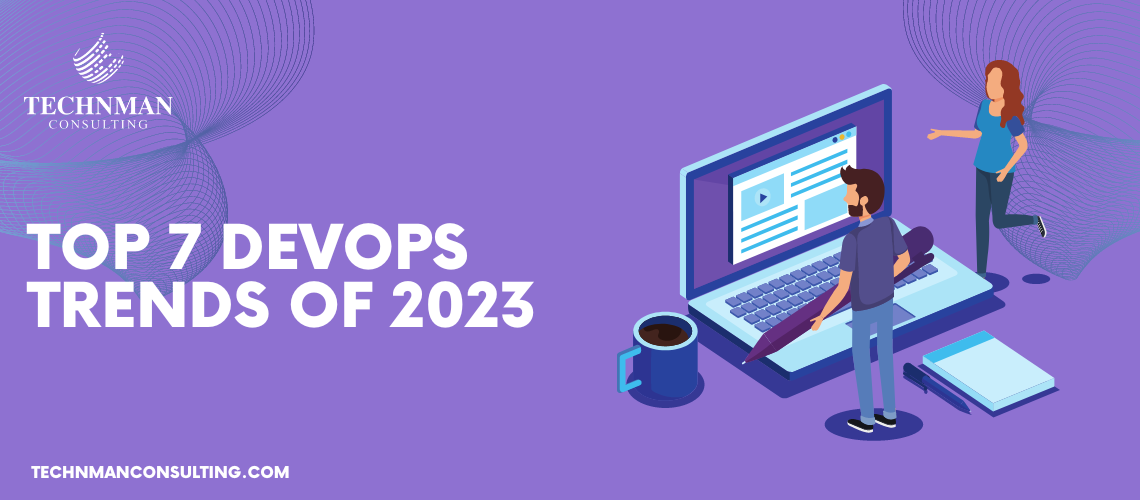The concept of a Virtual Private Network (VPN) dates back to 1996 when a Microsoft employee named Gurdeep Singh-Pall wrote a whitepaper about an idea he called PPTP (Point-to-Point Tunneling Protocol). This introduced the idea of using virtual connectivity to extend a company’s private network over the public internet.
This content is created in mutual collaboration with Imdad Mugheri page manager at Ivacy VPN coupons, In the beginning, VPN connections required proprietary hardware and software which made them expensive to implement. They were primarily used by large corporations to connect remote offices and employees. The high cost put VPNs out of reach for most individual internet users.
The Early Days of VPNs
One of the first commercial VPN products was the Citrix SSL Relay launched in 1997. It enabled secure remote access using SSL encryption between Citrix servers. Around the same time, checkpoint launched one of the first IPSec VPN products providing encryption with “tunnel mode”. These were mainly used by companies for site-to-site connectivity.
In 1998, Nortel launched their “Contivity” VPN switch product aimed at telecommuters and remote access users. It started bringing VPN connectivity to a wider business audience beyond just huge global companies.
The 2000s – VPNs for Individuals
In the early 2000s, as broadband internet expanded, VPN adoption grew. Hardware VPN devices evolved into software solutions as speeds increased. This brought VPN capabilities to mainstream computer operating systems like Windows, Mac OS and Linux.
Companies like OpenVPN and StrongVPN emerged offering VPN tunneling software and subscription services for end-users. Adoption was still fairly limited as most individuals didn’t see a need to encrypt their internet traffic or mask locations.
The PPTP protocol had some security weaknesses which led to the development of new tunneling protocols like L2TP/IPsec which became popular on mobile devices and Windows OS. However ease-of-use was still fairly complex for average users.
Rise of Commercial VPN Providers
In 2005, Hide My Ass launched one of the first VPN subscription services targeted to individuals looking for privacy and security. Others like ExpressVPN, IPVanish, NordVPN and Private Internet Access soon followed offering easy-to-use VPN apps, clients and encrypted tunnels.
Commercial VPN services started focusing on key selling points like allowing users to:
- Encrypt internet traffic
- Mask IP addresses
- Spoof locations
- Bypass geography blocks
- Ensure privacy from ISPs
They made VPN technology more accessible for ordinary individual subscribers. By 2010 there were over 60 popular consumer VPN providers as demand grew significantly.
The 2010s – Making VPNs Mainstream
Several developments led to huge VPN adoption rates starting around 2014:
More Concern Over Privacy
Revelations about government surveillance from whistleblowers increased public desire for tools to improve internet privacy. VPNs started being seen as essential to keep browsing habits free from prying eyes.
Easier Configuration
L2TP/IPsec and OpenVPN connections became standard options across devices. VPN apps for Windows, Mac, iOS and Android automated the tunnel setup process with self-configuring apps. This eliminated manual tweaking and command line efforts making it simple for anyone.
Faster Speeds
Better VPN protocols reduced the speed impacts of encryption and tunneling as broadband and cellular data networks improved. This increased reliability when streaming media or using bandwidth intensive apps.
Expansion of Streaming Media
As Netflix, Hulu, Disney+ and other streaming services created more geo-restricted content libraries, using VPNs to bypass location blocks and get wider media access become hugely popular.
Using VPNs to access restricted internet content, avoid censorship and overcome geo-blocks continues fueling rapid VPN expansion. It is estimated over 30% of all internet users currently use a VPN. Total numbers are expected to surpass 1 billion VPN users by 2024.
VPN Usage Around the World
VPNs have seen massive growth in Asia Pacific countries like India, Indonesia, Thailand and the Philippines. Factors like government censorship, increased digital surveillance and expanding mobile usage have made VPNs vital for maintaining digital privacy and access.
Countries that restrict certain internet services like social media sites or engage in heavy censorship also see very high VPN demand. Within oppressive regimes like China, Russia and Iran, VPNs provide one of the only ways for citizens to access the global open internet.
Current State of VPNs
As of 2023, VPN adoption continues growing rapidly worldwide with no signs of slowing down. Consumers have a huge range of providers offering VPN tunnel solutions for desktop, mobile, routers and even DNS resolution.
Speed and performance impacts have become minimal using protocols like Wireguard or OpenVPN over UDP. Newer VPN technologies like Obfuscated Servers and Multihop connections provide ways to bypass the most stringent firewalls and censorship.
The VPN market has expanded to over $31 billion USD globally based on providing private, safe and restriction-free internet access. Features like malware blocking, WebRTC leak protection and Scramble encryption have strengthened privacy, security and anonymity.
The Future of VPNs
Industry analysts see no limit to future VPN growth as more activities shift online and data/privacy concerns mount globally. Some predictions regarding the future of VPN services include:
- Over 3 billion total VPN users by 2030
- Increased adoption of VPN-by-default across devices and systems
- Seamless smart VPN connectivity built into operating systems
- Greater modularity – VPN at device, browser, app and network levels
- Using blockchain to decentralize DNS requests and traffic routing to increase privacy
The need for personal security, privacy and circumvention of restrictions continues growing. VPNs show no sign of slowing down as the preferred solution for protecting internet access. From modest beginnings in corporate networks, VPNs now empower billions to use the internet more safely and freely.





